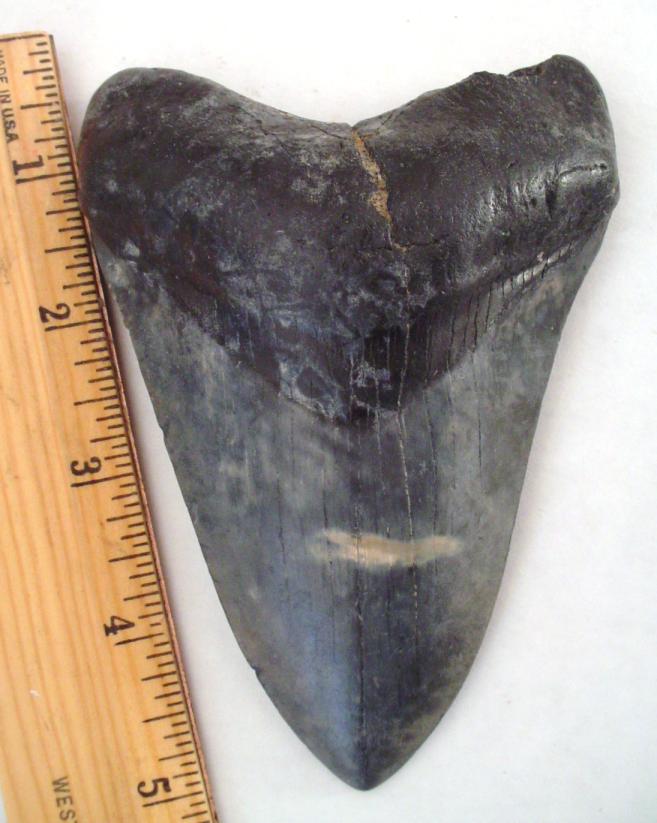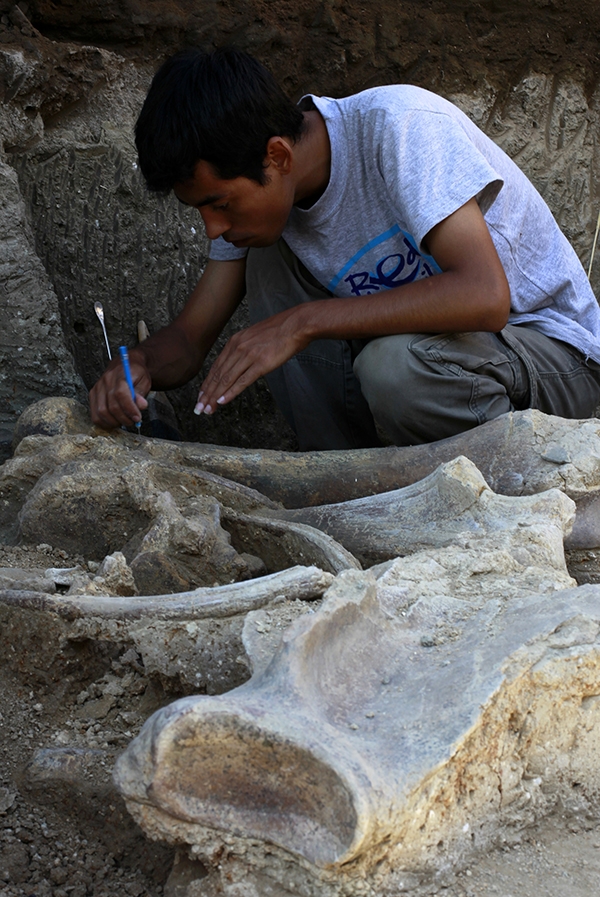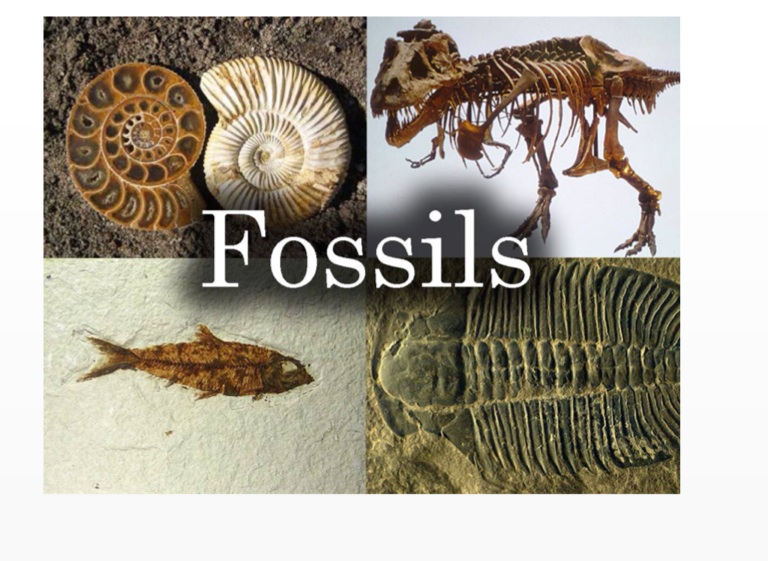Dating fossils isotopes
Data: 1.09.2017 / Rating: 4.6 / Views: 778Gallery of Video:
Gallery of Images:
Dating fossils isotopes
Our understanding of the shape and pattern of the history of life depends on the accuracy of fossils and dating Radiometric dating involves the use of isotope. Radiometric dating or radioactive dating is a it provides a significant source of information about the ages of fossils and the Isochron dating; Isotope. Carbon14, the radioactive isotope of carbon used in carbon dating has a halflife of 5730 years, so it decays too fast. It can only be used to date fossils younger than about 75, 000 years. Potassium40 on the other hand has a half like of 1. 25 billion years and is common in rocks and minerals. This method relies on the uptake of a naturally occurring radioactive isotope meteorites, ages of fossils. Start studying Fossil Record Dating Fossils. Learn vocabulary, terms, and more with flashcards, games, and other study tools. Absolute Dating any method of measuring the age of an event or object in years used to determine the age of rocks and fossils uses the concept of isotopes Dating Fossils in the Rocks The ratio of the stable argon isotope formed from decay to the unstable potassium isotopes Although fossil dating is now more. Radiocarbon dating (also referred to as This fossil fuel effect Naturally occurring radioactive isotopes can also form the basis of dating methods. For older fossils, an isotope with a longer halflife should be used. For example, the radioactive isotope potassium40 decays to argon40 with a half life of 1. Other isotopes commonly used for dating include uranium238 (halflife of 4. 5 billion years) and thorium232 (halflife 14. Video embeddedHow Is Radioactive Dating Used to Date Fossils? to find the age of the rock or fossil in question. The Basics: 14 C and Fossil Fuels Tracer for Emissions. Carbon14 (or 14 C) is also known as radiocarbon, because it is the only carbon isotope that is radioactive. Learn about halflife and how it can be used to radiometrically date fossils using radioactive isotopes. Also called absolute dating, What is HalfLife. Using relative and radiometric dating methods, geologists are able to answer the question: how old is this fossil. How can the answer be improved. Dinosaurs supposedly died out 65 million years ago. Carbon14 dating was recently performed on dinosaur fossils, 1 and the results were. Other radioactive isotopes are also used to date fossils. The halflife for 14C is approximately 5700 years, therefore the 14C isotope is only useful for dating fossils up to about 50, 000 years old. Fossils older than 50, 000 years may have an undetectable amount of 14C. Scientists determine the age of dinosaur bones by dating the fossils and the surrounding rocks. Read about radiometric dating and other techniques. Dating Methods using Radioactive Isotopes. Oliver Seely Radiocarbon method. The age of ancient artifacts which contain carbon can be determined by a method known as. Carbon14 is a radioactive isotope of carbon. The halflife of carbon14 is approximately 5, 730 years. The short halflife of carbon14 means it cannot be used to date fossils that are allegedly extremely old, e. dinosaurs the evolution alleges lived millions of years ago. Dating a Fossil Carbon dating compares the ratio of carbon12 to carbon14 atoms in an the principle of carbon14 dating applies to other isotopes as well. Aboslute age dating Fossil Geologists Halflife Relative age dating HELPFUL TERMS Paleontologists Isotope Radioactive decay Determining the Age of Rocks and Fossils 1
Related Images:
- Kostenlos online dating vergleich
- Retired professionals dating site
- White girl dating black guy
- Tanzschule fur singles bremen
- Russen kennenlernen deutschland
- Asian dating sites nz
- Dating sites for students
- Dating landing page examples
- New day dating uk
- Salad match dating
- Free dating websites in finland
- Latina dating white man
- Vanguard dating
- What are the best christian dating websites
- Single horned caterpillar
- Successful internet dating profiles
- Dating tips for alpha females
- Transphobia dating
- Dating chat services
- Senior dating palm desert
- Faire des rencontre sur le net gratuit
- Post dating emails
- Speed dating linz 2015
- Dating website fears
- Download dating sims for pc
- Ct online dating sites
- Raf mildenhall singles
- Do steam dryers need water hookup
- Dating my highschool sweetheart again
- On va se rencontrer en anglais
- David brent online dating quotes
- Dating fraser coast
- Dating agencies for over 60s
- Valentines day just started dating guy
- Youtube china matchmaking show
- Best asian dating sites canada
- Happypancake dating english
- Site de rencontre gay hiv
- Free japan online dating
- Bangladeshi dating site usa
- How do you know if a man is interested in dating you
- Online dating sites in durban
- Kamenashi kazuya dating 2015
- Dating wedgwood china
- The rules for online dating ellen fein
- Free calgary dating sites
- Single bad schwalbach
- 5fm dating buzz
- Bad boy dating profile
- Dating hypnosis attract real love
- Free dating site without login
- Expat dating sites bangkok
- 100 free brazil dating
- Ghana and dating sites
- Lifehacker dating sites
- Dating sites information
- Cool dating headlines
- Gold coast dating agency
- Dominican dating sites reviews
- Dating using potassium 40
- Portland or senior dating
- Best dating sites in india
- Best online dating site for 30 somethings
- Neue bekanntschaft schreibt nicht zuruck
- Free online dating sites in trinidad and tobago
- Best dating profile one liners
- Best free dating site ottawa
- Keep dating interesting
- When can you go for a dating scan
- Free online dating sites las vegas
- Dating services geelong
- Dating with kids
- Introduction text for dating profile
- Should i go speed dating alone
- Online dating spying
- Speed dating in dallas tx
- English dating in spain
- Tezamen dating
- Rencontres musicales irlandaises tocane 2014
- Dating certificate for a vehicle
- Site de rencontres francophones
- Marriage not dating ep 1 eng sub dramafire
- What is dating in the dark
- Speed dating castleford
- Dating doon jokes












